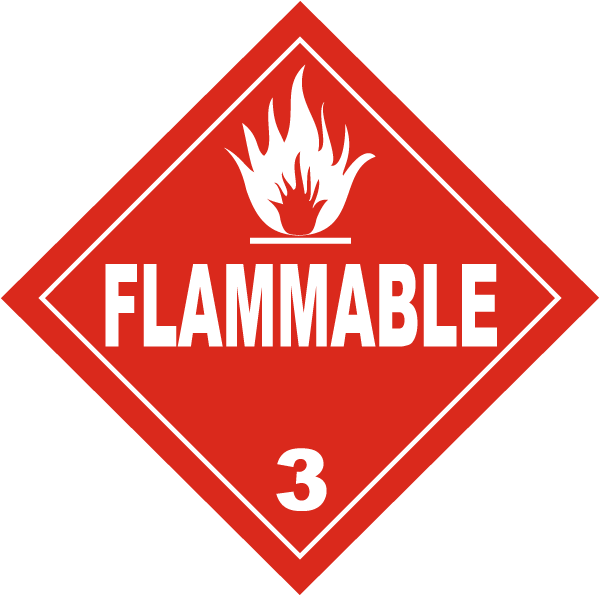|
Formula
Procedure of Application
Development Complete When
Source of Error
Incompatibilities
Precautions
Storage Container
Safety
Recommendations
Similar Reagent
Sequential Reagents
Formula
Dye Solution: 4 g of Coomassie Blue 200 ml of Methanol 200 ml of Distilled water 40 ml of Glacial Acetic Acid Rinse Solution: 450 ml of Methanol 450 ml of Distilled water 100 ml of Glacial Acetic Acid Procedure of Application
Development Complete When
Maximum contrast is achieved of the blue development color upon repeated staining and rinsing procedures. Source of Error
Dye will strongly absorb palmar sweat. Excessively blood-stained items will obliterate detail. Incompatibilities
This process is detrimental to some biological examinations. Porous surfaces that strongly absorb the dye. Excessively blood-stained items. Yields poor results on concrete surfaces. Precautions
Don't let the evidence overdevelop in the working solution. Storage Container
Dark or Clear stoppered glass or plastic bottles. Safety
Fume hood use is required to prepare and apply the working solution. Recommendations
Be certain that the blood is 'fixed' to the surface. Similar Reagent
Sequential Reagents
Vertical Divider
|
Chemical Name
Coomassie Blue Surface Used On Blood-Stained Porous & Non-Porous Surfaces Sensitive To Proteins in Blood Abridged Reagent Sequence
Vertical Divider
|
Ridge Detail Visualized by:
Visible chemical/stain reaction Reagent Applicabilities: Porous Surfaces Non-Porous Surfaces Blood Enhancement Other Chemical Name(s): Coomassie Brilliant Blue Coomassie Brilliant Blue R Working Solution Shelf-life: Indefinite |
Process Summary:
A dye staining process, followed by a rinse procedure used to enhance detail in faint bloody impressions. "Fixing" of bloody impressions is not strictly required prior to staining. The contrast achieved with this reagent is not as strong as Amido Black due to the lighter color of the dye stain, and the development of the surfaces' background.
A dye staining process, followed by a rinse procedure used to enhance detail in faint bloody impressions. "Fixing" of bloody impressions is not strictly required prior to staining. The contrast achieved with this reagent is not as strong as Amido Black due to the lighter color of the dye stain, and the development of the surfaces' background.
Accepted Deviations:
Development time may be shortened is the evidence surface strongly absorbs the dye.
Development time may be shortened is the evidence surface strongly absorbs the dye.
Supporting Reference Materials:
- Minutiae Magazine, Summer Special 1994, Issue No. 24, pg.7.
- "Chemical Formulas and Processing Guide for Developing Latent Prints", U.S. Dept. of Justice, pg. 47-48, 1994.
- Lee, H.C. & Gaensslen, R.E. (1991),"Advances in Fingerprint Technology", Elsevier, pg.86.
- Slater, J., "Techniques for the Enhancement of 2-Dimensional Footwear Impressions in Blood", Forensic Services Div., May, 1995.
- Navarro, R.L., "Chemical Enhancement of Questioned Footwear Impressions", North Carolina State Bureau of Inv., 1992.





